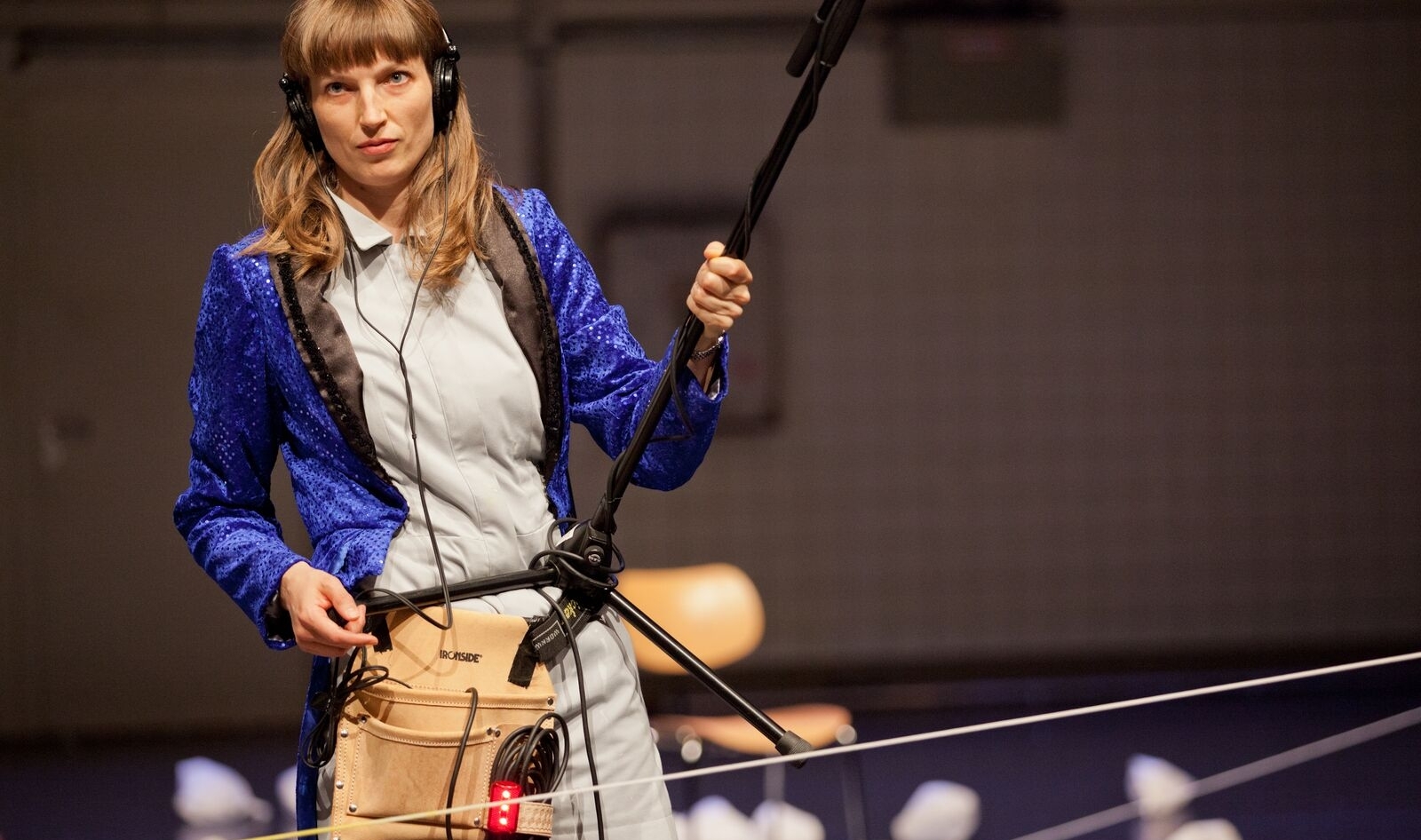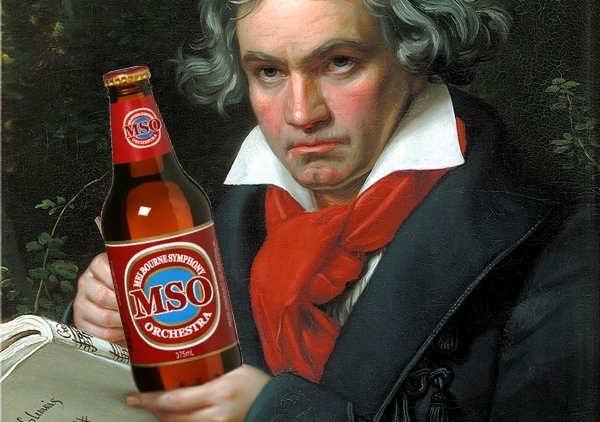Wanting to explore the dynamics of crowd behaviour, McIntosh starts by looking at the fact of there being an audience in the first place. “Theatre is a funny space with the audience at one end of room; you have this social situation, this set up where you stay in your seat and expect somebody to do something, you don’t break that normal contract or expectation. What is the meaning of making performance? One of them is gathering in real time and space together, an amazing and special dynamic, which creates space away from the real world. With other shows you might have a choir or an orchestra in front of an audience – but who are these people? That’s the sort of questioning I want to stimulate. Who has the agency?”
In order to set up and explore the notion of who the audience might be, in All Ears McIntosh warms everybody up and creates a scenario where the crowd will take over. “The first half hour is me talking to the audience,” she explains. “I talk about how I made it – about finding myself in a studio alone unexpectedly making a solo work. I’m asking audience to act it out together, inviting collaboration with groups of people. I started fantasising about how the audience could be the orchestra – how could they perform?” McIntosh throws out questions to get people thinking about themselves. “I get them to raise their hands in response to questions: Who has done what? Who has done this? It moves into territory that’s more edgy, like ‘who’s been in a riot?’ or ‘who’s stolen something?’ You get to announce yourself in public. I am looking at what it’s like being in a crowd, about the power dynamics, about being an individual and being in a crowd – All Ears is taking on larger questions about alone or being connected, and about self-sufficiency, all to do with creating cultural change.”
McIntosh developed All Ears to ask these and all sorts of questions, one being about whether the show is experiment or entertainment. More interesting, perhaps, is what does happen in a crowd when people act, when they collude in creating performance themselves. “Nobody’s in a position of authority,” McIntosh explains. “Later in the show I hand out bags of marbles, wood, strings connected to furniture on stage, the audience can use strings to pull things from the stage, create a disturbance, and the sounds of this are recorded and played back. We hear the soundscape of an earthquake. At one point I leave the stage for ten minutes, which is a long time in theatre. I leave instructions but nobody has the full picture, nobody is overseeing, people make their own choices in the situation. I like that I don’t have control, it’s important that the performer doesn’t know more than the audience.”
All Ears makes for a different experience with each show. “Some people are noisy,” McIntosh continues. “People pull the strings, ceramics get smashed, a table gets flicked over. This kind of performance invites agency of the situation, it makes for a playful debacle. We talk about it afterwards; people get very talkative, they’re clear about what they felt about it. We get very different responses; some people just see it as good fun. Others find it strange; they wanted to act but did not. One person once told me she just wanted to leave and howl. People read it in different ways – it can be seen as purely political, as an examination of crowd control.”
McIntosh is based in Brussels, working in performance theatre video and installation, enjoying what she calls a long residency. “Brussels is a transitory city, one with a strong ethos of supporting artists and well developed ways of doing it. I’ve been there since 2012; I was attracted by the possibility cross-disciplinary collaboration.” Does she notice different responses from different countries to All Ears? “Youfeel it in Europe, that question of what it means to be a citizen, what it means to be in a crowd together, the social dynamics of the public occupancy of space, what we are doing when we do things together. I’ve been performing in South Korea. There were some differences culturally; I had to learn not to be rude in passing things to people – you’re supposed to do it with two hands. They were very interested in how to play correctly, very concerned with getting it right. And very engaged with the humour of the work.”
BY LIZA DEZFOULI

